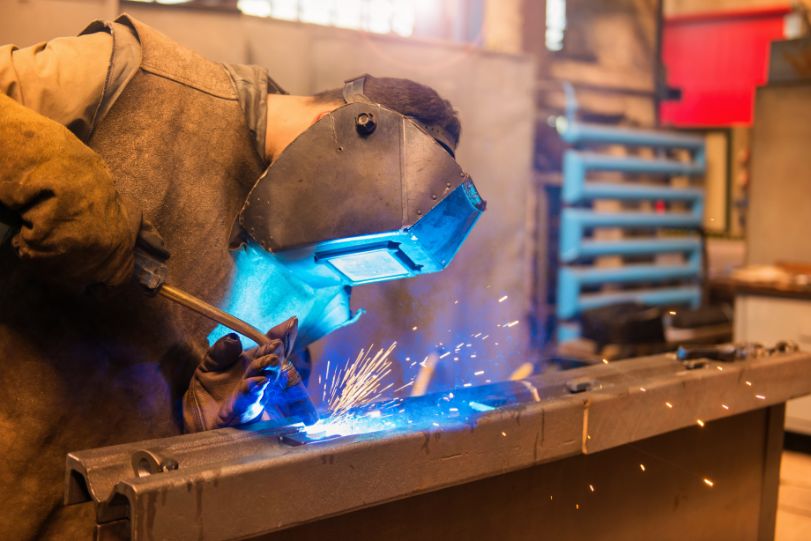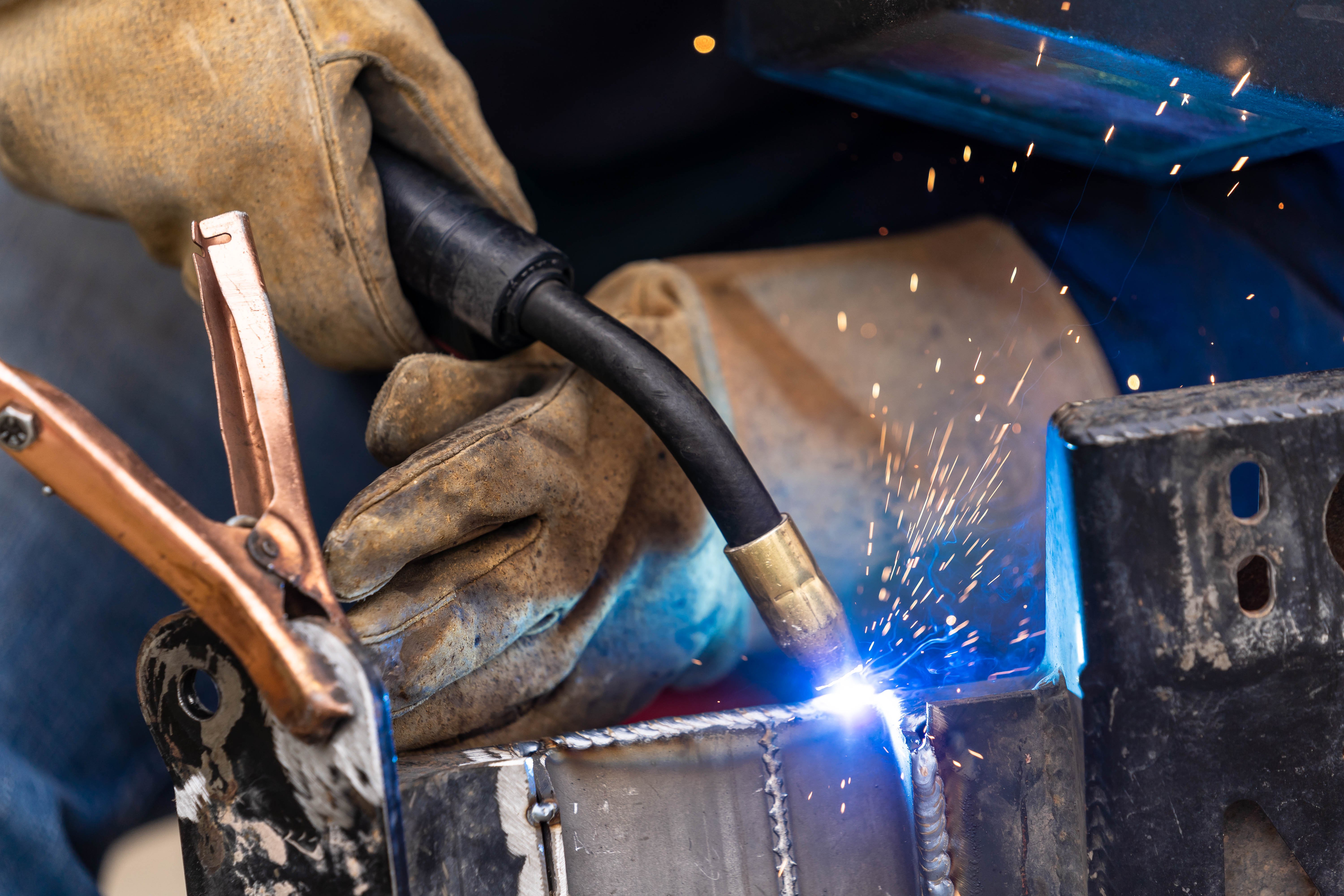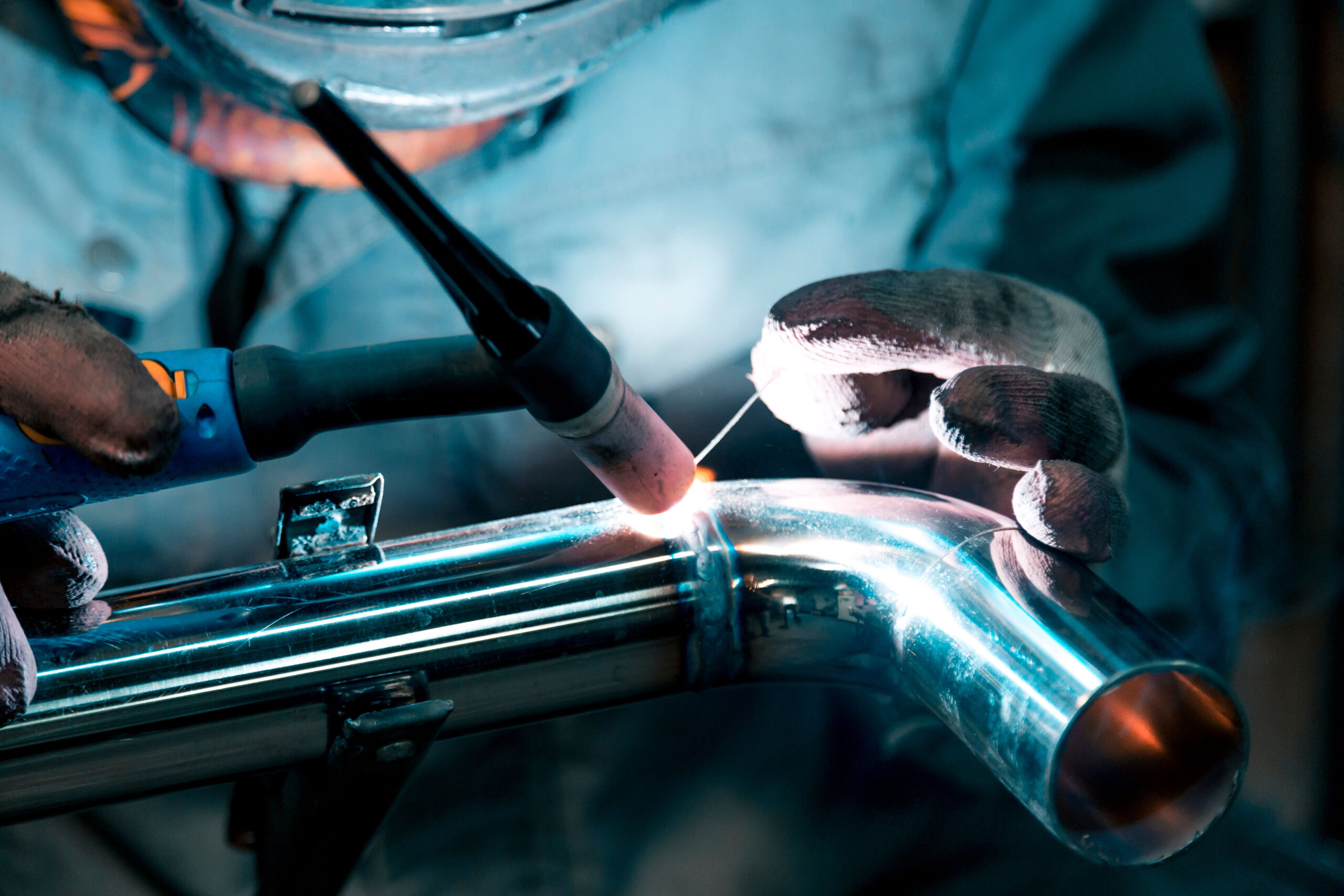The Ultimate Overview to Welding WPS Procedures: A Detailed Summary for Welders
In the detailed globe of welding, Welding Procedure Requirements (WPS) offer as the backbone of making certain quality, uniformity, and safety and security in welding operations. Recognizing the nuances of creating, carrying out, and monitoring WPS procedures is essential for welders seeking to elevate their craft and meet sector standards. As we delve right into the numerous components of a WPS and explore the ins and outs of credentials and certification, we will discover the important role these treatments play in the realm of welding. Allow's get started on a trip to unwind the intricacies and value of WPS treatments in welding techniques.
Relevance of WPS Procedures
Recognizing the importance of Welding Treatment Specs (WPS) procedures is essential for guaranteeing the quality and integrity of bonded frameworks. WPS treatments work as a roadmap for welders, outlining the necessary actions, criteria, and materials required to attain an audio weld. By sticking to WPS guidelines, welders can make certain uniformity in their work, bring about structurally sound and reliable welds.
One of the main reasons why WPS treatments are crucial is their role in preserving weld top quality and stability. Following the specified welding specifications and strategies outlined in the WPS helps stop defects such as porosity, breaking, or incomplete combination, which can endanger the strength and durability of the weld.

Parts of a WPS
A Welding Procedure Specification (WPS) typically comprises crucial parts that detail the particular requirements for implementing a weld, making sure consistency and top quality in the welding process. The key parts of a WPS include important variables such as base steels, filler steels, preheat and interpass temperature levels, welding processes, securing gases, welding positions, and post-weld heat treatment needs.
Base metals refer to the materials being signed up with, while filler steels are used to fill up the space in between the base steels during welding. The welding process describes the details strategy to be made use of, whether it's gas steel arc welding (GMAW), shielded metal arc welding (SMAW), or one more technique. Welding placements specify the alignments in which welding can be performed.

Qualification and Certification
Having established the necessary parts of a Welding Treatment Requirements (WPS), the focus now shifts towards the crucial facets of qualification and certification in welding methods.

Accreditation, on the various other hand, is the formal acknowledgment of a welder's credentials by an appropriate qualification body or organization. Welding accreditations are typically based on the particular welding processes, materials, and placements a welder is certified to collaborate with. Holding a valid welding qualification shows that a welder meets industry standards and is skilled to perform welding tasks to the needed specs.
Developing a WPS
To create a Welding Procedure Spec (WPS) that satisfies market requirements, cautious consideration of welding processes, materials, and functional specifications is essential (welding WPS). The primary step in developing a WPS is to determine the welding procedure to be utilized, such as gas steel arc welding (GMAW) or secured steel arc welding (SMAW) As soon as the welding process is figured out, the next important element is choosing the ideal materials, thinking about factors like base steel type, density, and joint design. Functional criteria such as welding current, voltage, traveling speed, and securing gas composition must likewise be that site diligently specified in the WPS.

Implementing and Keeping An Eye On WPS
Upon wrapping up the comprehensive Welding Treatment Requirements (WPS) that thoroughly details welding procedures, products, functional criteria, and quality control actions, the focus changes to efficiently carrying out and monitoring the established treatments. Implementation involves ensuring that all welders entailed in the job know with the WPS and follow it diligently during the welding process. This calls for supplying appropriate training and supervision to ensure adherence to the specified procedures. Keeping an eye on the WPS involves continual oversight to verify that welding tasks align with the documented requirements. Assessments, screening, and quality control measures are essential components of the surveillance process to determine any kind of discrepancies or problems promptly. Routine audits and evaluations of the welding procedures aid in keeping uniformity and quality throughout the job. Reliable application and monitoring of the WPS are vital for making certain the honesty, toughness, and security of the welded joints, eventually contributing to the total success of the welding task.
Conclusion
Finally, understanding and following Welding Procedure Specs (WPS) is critical for welders to guarantee top quality, consistency, and safety in their job. By recognizing the elements of a WPS, getting proper credentials and accreditations, creating detailed treatments, and carrying out and monitoring them properly, welders can enhance their skills and proficiency in welding methods. Sticking to WPS treatments is important for producing top quality welds and meeting sector standards.
In the intricate world of welding, Welding Treatment Specifications (WPS) offer as the backbone of guaranteeing quality, uniformity, and security in welding operations. The welding procedure lays out the particular strategy to be utilized, whether it's gas steel arc welding this website (GMAW), shielded steel arc welding (SMAW), or one more technique.To create a Welding Treatment Specification (WPS) that fulfills sector standards, mindful consideration of welding procedures, materials, and operational criteria is essential. The first action in developing a WPS is to identify the welding process to be utilized, such as gas steel arc welding (GMAW) or protected metal arc welding (SMAW)Upon finalizing the thorough Welding Treatment Requirements (WPS) that diligently information welding procedures, products, functional criteria, and high quality assurance measures, the focus changes to efficiently executing and checking the established procedures.